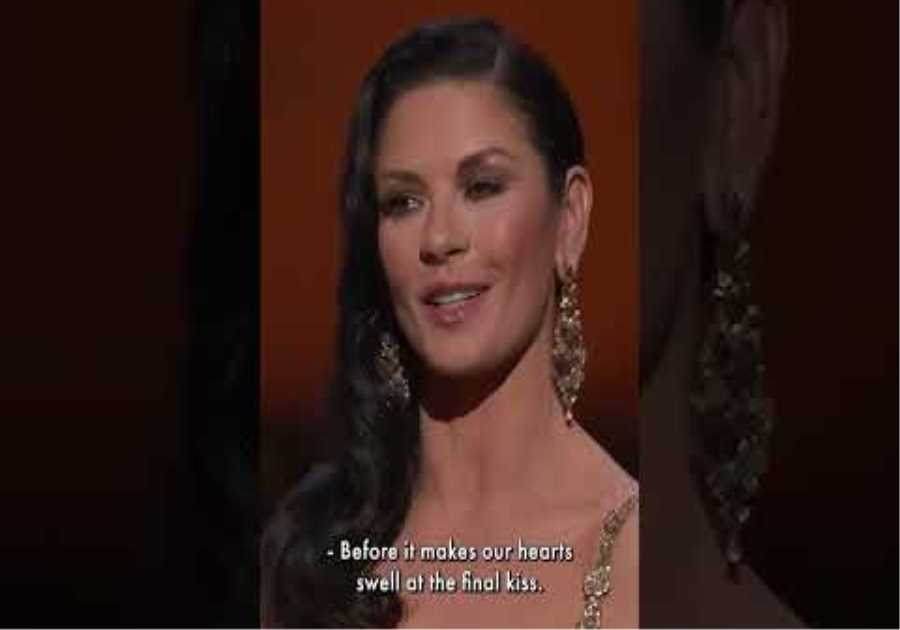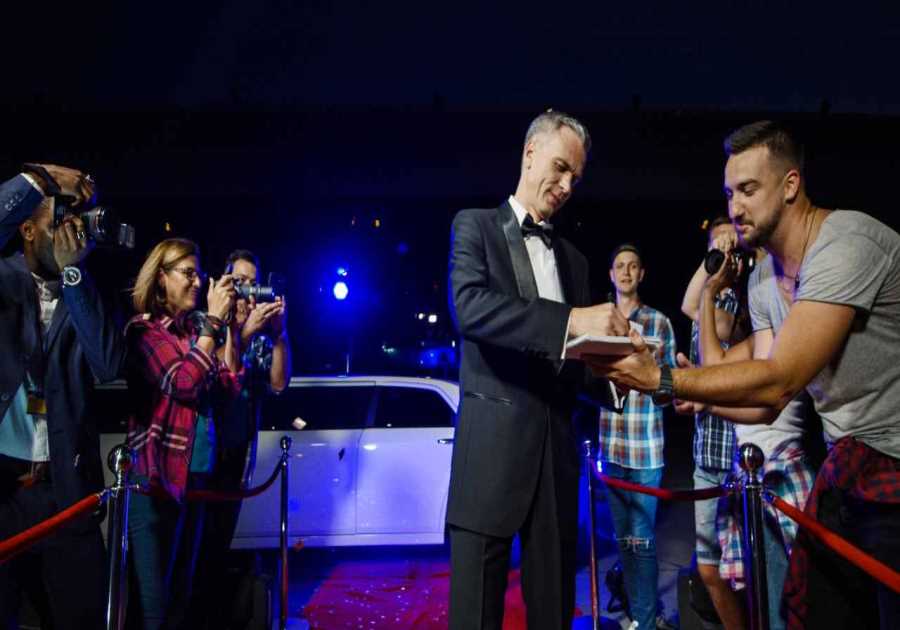
Gian Piero Ventrone surveyed his handiwork with just the hint of a smile. A few minutes earlier, Ventrone, Tottenham Hotspur’s fitness coach, had gathered the club’s players together on the turf at the Seoul World Cup stadium and informed them of their next assignment.
They had, by that stage, already been training for more than an hour, in searing heat and cloying humidity. Now they had one final exercise: Ventrone instructed the players to run the length of the field. Not once, or twice, but 42 times. The winner, he said, would be the last man standing.
Now, as he looked around him, he saw those same players strewn across the field. Son Heung-min had collapsed, his muscles screaming and his lungs burning. Richarlison had sunk to his knees, gasping for air. Harry Kane had vomited. Ventrone was satisfied. Preseason, as far as the club’s fitness coach could see, was going swimmingly.
Son Heung-min is feeling the effects of Conte's gruelling pre-season drills 😳pic.twitter.com/g5mvtjlPV1
— The Spurs Web (@thespursweb) July 11, 2022
In the context, there was much that was strange about the footage of that session — held in front of 6,000 fans during Spurs’ tour of South Korea — when it emerged last month. The methods deployed by Ventrone felt just a touch anachronistic, a relic of a bygone era, when players let themselves go over the summer, before they invented tactical periodization, before everyone was strapped to a GPS vest at all times.
They felt particularly outdated this summer of all summers, though, given what lies ahead not only for Son, Kane and the rest of Tottenham’s team, but for several hundred of the world’s best players in England’s Premier League and elsewhere. The season on which they are embarking — the Premier League and the Bundesliga kick off this weekend — may well be the busiest, longest and most draining they will ever experience. As a result, it might also be the strangest.
It is not quite right, of course, to say that this is the first time in soccer’s history that there has been a winter World Cup. Chile in 1962, Argentina in 1978 and South Africa in 2010 were all winter World Cups. Nor is it strictly accurate to declare this the first time there has been a World Cup in the middle of the club season; after all, not every domestic competition runs from August to May.
What makes Qatar 2022 unique, instead, is the fact that it will be the first World Cup to take place in the middle of the season for the overwhelming majority of its participants.
Eight days before the tournament starts, most of the players summoned by their nations will still be locked in club combat in Europe. Exactly a week after it finishes, those employed by teams in the Premier League, at least, will be expected to take up the cudgels once more.
In between, some of them will have taken part in seven of the most important games of their careers, all of that stress and emotion and exertion condensed into only a few weeks and played out in a series of purpose-built stadiums surrounded by towns and neighborhoods that exist for no reason other than the staging of a single event. This World Cup is not just a hiatus, a brief intermission to the season; it is a lacuna, a disconnect, a deus ex machina.
Quite what its impact will be is difficult to predict. As usual, the return of the Premier League brings with it a suite of known unknowns that will define the season: Will Erik ten Hag turn Manchester United around? Why has Pep Guardiola decided that Manchester City does not need a full complement of substitutes? Can Arsenal be trusted?
None of those questions, though, is nearly as pressing as attempting to discern the effect of the World Cup. It is hardly revelatory to suggest that there will, in effect, be two halves to this season: the first, a jostling for position, running from this weekend until the first week of November, and then a second, a sprint for the line, commencing late in December and concluding with the Champions League final on June 10.
Those two periods, though, may not bear any real relation to one another. It is easy to imagine that, in the weeks immediately before the tournament, players anticipating a place in Qatar might suddenly become conspicuously — if not entirely consciously — risk-averse, and that afterward, the usual order of things will be upturned by players exhausted from the World Cup being thrust immediately back into action against colleagues who have had a month to rest and to relax.
That might, in an optimistic reading, be a good thing. Perhaps the creeping predictability of even the Premier League — the league where anything can happen, as long as it involves Manchester City winning the title — will be put on hold, even just for a year, as the randomness invoked by a midseason World Cup upturns the established order.
Or perhaps not. Perhaps the gap between the elite and the also-rans is now so great that it takes more than a few weary limbs to level the playing field. Perhaps the squads of the self-appointed aristocrats are so strong that they will emerge not only unscathed, but with their dominance somehow enhanced.
All that can be certain is that there will be an impact. What was so noteworthy about Ventrone’s brutal training session in Seoul was not that it was taking place on the eve of a season in which managers might have been expected to safeguard their players’ fitness, rather than risk burning them out long before the end, but that it was in South Korea at all.
Tottenham, like the rest of the Premier League’s big beasts, had seen preseason as a chance to take the show on the road, to play a couple of money-spinning exhibition games around the globe. The players were not gently introduced to the longest, strangest season of their careers. They were, instead, flown across the world and then run into the ground. That is just the start of it. More than ever, this season, the winner will be the last one standing.
The Real Test Awaits
A few minutes before the final whistle, Vlatko Andonovski rose from his seat, smoothed the figure-hugging salmon-pink sweater he had chosen for the occasion, summoned his colleagues and made for the exit. He had, apparently, seen enough of both France and the Netherlands. He did not need to know who won. (France, futilely.)
Andonovski, the United States women’s coach, seemed quite relaxed that night in Rotherham, just as he has throughout his stay in England for the final stages of Euro 2022. He was not making notes. He chatted happily with the phalanx of other managers and executives and scouts gathered in the tournament’s various directors’ boxes. He seemed unperturbed, unruffled.
Do not, though, be fooled. Andonovski will have departed Europe in no doubt that next summer will not be quite so insouciant as this one. In a host of ways, Euro 2022 represented a seismic shift for women’s soccer in England and in Europe: the size of the crowds, the interest of the television audiences, the immediately discernible boost in momentum and, most pressing for Andonovski, in terms of the caliber of its play.
Over the course of his stay, he will have noted that the threats to the United States’ hegemony are many and varied: a French side sufficiently gifted to beat the Dutch, the defeated World Cup finalists of three years ago, despite the absence of three of its brightest stars; a Germany reborn thanks to the blazing promise of Lina Magull and Lena Oberdorf.
And, of course, most notably, an England team blessed with a depth of resources and richness of talent that perhaps makes it the equal of the United States, a team imbued with a conviction and a purpose by its coach, Sarina Wiegman, and now pulsing with the confidence and self-belief that only triumph can bring.
The United States remains the standard-bearer in the women’s game, of course. There is a reason that tickets for its visit to Wembley in October sold out in only hours, and it is not just to do with coursing English pride. Alex Morgan, Rose Lavelle, Sophia Smith and the rest are a blockbuster draw. But Andonovski will have left the Euros in no doubt that his team’s dominance is in more peril now than it has been for a decade, as Europe surges into view. His job is to quell that rebellion. His days of relaxation will not last for long.
Wants Are Not the Same as Needs
Of all the many eye-catching lines in my colleague Tariq Panja’s interview with Joan Laporta, the man hoping he will find the exit to the hole currently occupied by Barcelona if only he keeps digging, one in particular stood out. The club’s 400 million fans, he said, “require a level of success” that renders the idea of a patient, painstaking rebuild impossible.
There is no question that Laporta’s approach to Barcelona’s crisis — spending vast sums on new signings in the hope of winning trophies immediately and kick-starting a “virtuous cycle” of triumph and investment — is risky. Still, though, it is just about possible to discern some sort of logic behind it.
What is curious is the notion that this is what his club’s fans not only desire, but demand. Laporta almost seemed to be suggesting that, if Barcelona does not maintain a steady supply of flashbulb moments and fond memories, then those 400 million souls would simply drift away.
To many, that is not how fandom works. Fan, after all, is not a synonym for consumer. A fan does not drift away when thick turns to thin. A fan can bear a couple of fallow years (especially at a time when Barcelona could very easily point to Pedri and Gavi and Ansu Fati and convince those same fans that a golden dawn lay at the end of a brief period of night). A fan should, in theory, be more concerned by the club’s long-term health than its short-term glory.
And yet, for Barcelona as much as any elite team, that does not appear to be how all fans work. Laporta’s approach is defended to the hilt by an army of supporters on social media. His lionization is such that one member compared him, in what may be a first, to both the Pope and Kim Jong-un.
Perhaps Laporta is right. Perhaps there is a section of Barcelona’s public that demands immediate satisfaction, that cannot countenance the idea of a few years of finishing as low as, say, third. Those are the people that Laporta believes he has to appease. Perhaps he is right. They are, it seems, real. They do exist. Whether they should be described as fans or not is a different matter.
Correspondence
Mark Cuban would be delighted to know that he has prompted such contemplation among the readership of The New York Times’s pre-eminent soccer newsletter. He’d be even happier to know that so many of you agreed that he was right to worry that fans who come to sports through TikTok may not have the attention span to watch a whole game.
“Kids may have grown out of ‘Tom and Jerry,’ but cartoons and the networks they ran on didn’t have an algorithm in their pocket, one they’ll carry for the rest of their lives, to keep that impulsive short-fix delivery method in their hands and vision,” wrote Eric Blind.
Joel Gardner wrote along similar lines. “Cuban got rich in the sports business from his college days, so we ignore him at our peril. Kids have always had attention issues. Never before, though, have there been so many stimuli. The evening news is no longer Walter Cronkite. Ditto ‘SportsCenter,’ with its plays of the day. Cram that down through social media to TikTok, and it bodes ill not just for sports but for all human discourse.”
For Brian Yaney, meanwhile, Cuban sounded like “another parent engaged in a desperate daily struggle to extract his child from the mind-numbing oblivion offered by transient social networks and to engage them in positive developmental activities.” Brian worried that by demurring, I was not “paying enough attention to the real world,” outside of sports consumption.
I did not want to dismiss Cuban’s concerns glibly, certainly. I’m a parent, too, and though my children are too young to have encountered social media, we have already seen the effects of on-demand streaming on one of them. (Just cartoons and some portent of doom called ‘Blippi,’ but only because we couldn’t get him to pay attention to ‘Succession.’)
And, as Neil Postman so brilliantly illustrated, I have no doubt that the condensation of information, and the conflation of news and entertainment, has wreaked untold damage on public discourse.
In the context of sports, though, I have more hope. It doesn’t strike me as especially unusual that kids wouldn’t watch entire games; it seems logical that appreciation for a sport develops as we grow older and more comprehending of its nuances. And even if that is not the case, it strikes me as a shame that nobody in sports ever thinks that maybe it would be easier to address things like a lack of competitive balance than work out a way to boil down an entire game into a 12-second video clip.
-----------------------
By: Rory Smith
Title: Welcome to Soccer’s Strangest Season
Sourced From: www.nytimes.com/2022/08/05/sports/soccer/premier-league-preview.html
Published Date: Fri, 05 Aug 2022 09:50:03 +0000
Did you miss our previous article...
https://ballerawards.news/sports/swinging-for-the-fences-the-padres-trade-for-juan-soto






